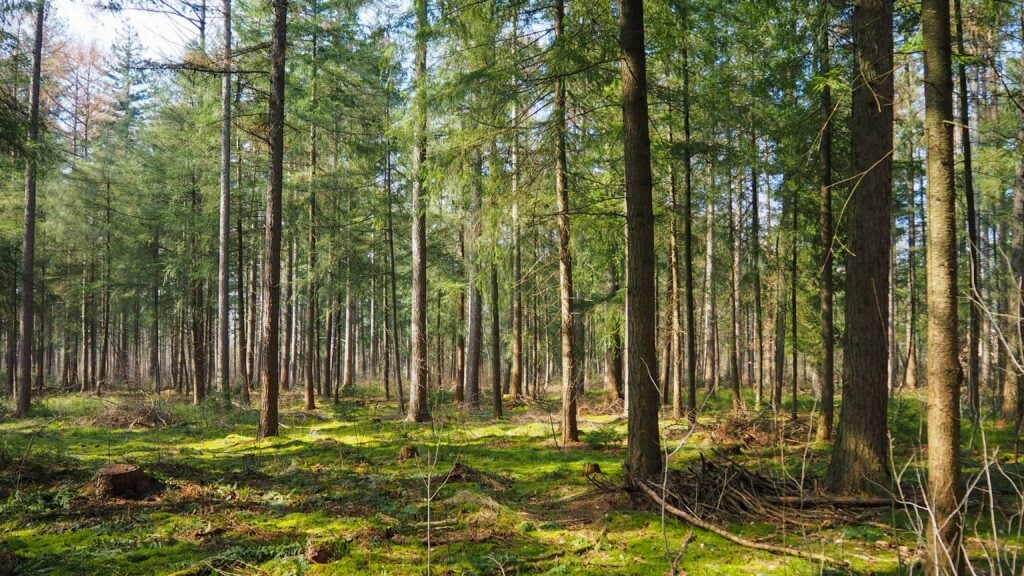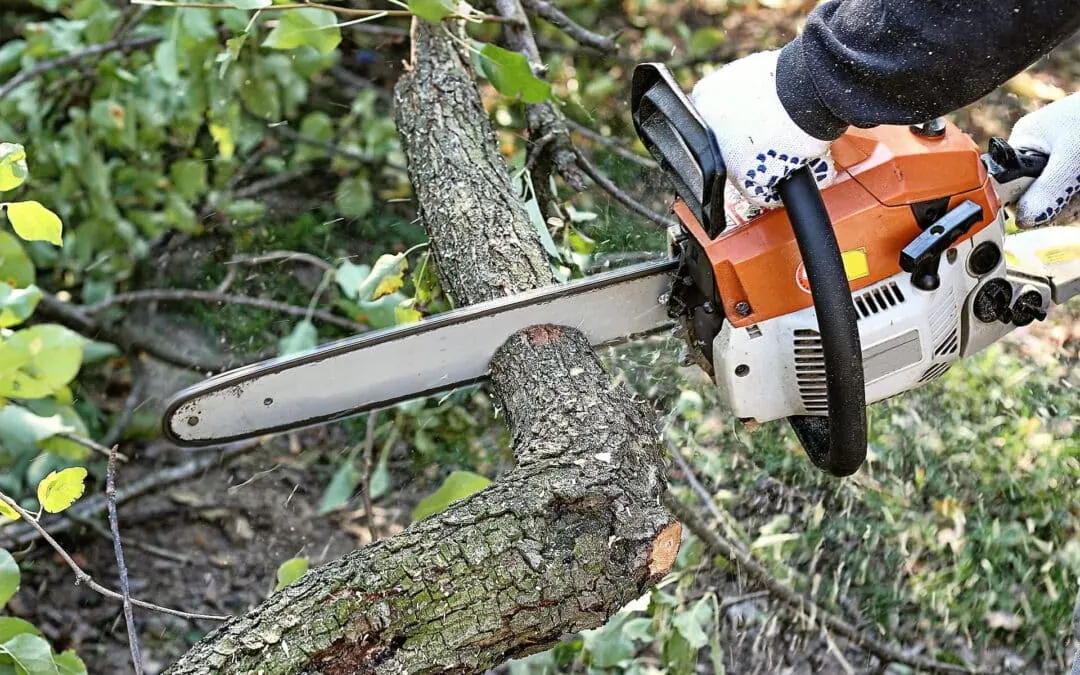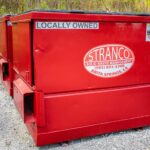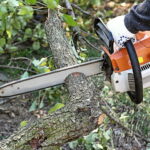Tree removal might seem like a doable task—grab a saw, cut the trunk, and clear the space. That assumption often leads to serious injuries, avoidable property damage, and regrettable legal issues. Tree removal without proper training introduces risk at every stage, from the first cut to cleanup. Precision Arborcare cautions, “Every removal involves reading the tree’s condition, surroundings, and failure points—guesswork has no place in this process.”
Why tackling tree removal solo often leads to disaster
Plenty of homeowners begin removal jobs with confidence, only to face unexpected outcomes. One property owner cut into a pine tree that appeared solid but had rot deep within the base. It split unevenly, twisted during the fall, and crushed a portion of their fence and outdoor AC unit. Precision Arborcare regularly handles these emergency cleanups, most of which could have been avoided with the right approach.
-
OSHA reports tree work leads to dozens of fatalities every year, primarily from falls or equipment misuse.
-
Hidden rot, branch tension, and overhead wires increase the danger significantly.
-
Professional crews assess multiple risk factors before making a single cut.
1. Serious personal danger in tree removal
Tree removal work ranks among the most perilous home projects due to height, unpredictable movement, and heavy equipment. Even small mistakes—like stepping wrong on a ladder or missing a backcut—can result in broken bones or worse.
-
The U.S. Consumer Product Safety Commission links chainsaws to tens of thousands of ER visits annually.
-
Most chainsaw injuries involve legs and hands, often caused by unexpected kickback.
-
Arborists use climbing harnesses, helmets, and layered protection not found in casual DIY setups.
2. Large trees bring unpredictable hazards
Older trees are dense, structurally complicated, and can hide damage invisible to the eye. One wrong assumption about where the weight is distributed can send a tree crashing in the wrong direction.
-
Trees over 30 feet tall require rigging techniques to bring down in pieces safely.
-
Even slightly leaning trees can pivot unpredictably once cut.
-
Dead limbs can break early during the removal, striking people or objects below.
3. Local laws and permits apply to tree removal
Tree removal often falls under city, county, or even state regulations, depending on location and tree type. Skipping the legal steps might trigger code violations or financial penalties.
-
Many jurisdictions protect native or heritage trees, regardless of property lines.
-
Permits may be required based on trunk diameter or canopy width.
-
Violations can lead to forced replanting, restoration costs, or fines exceeding $10,000.
4. Lack of access to proper tools and gear
Standard consumer equipment lacks the durability, power, and safety features needed for large-scale removal. Professionals arrive with calibrated gear built for control, stability, and power delivery.
-
Industrial-grade chainsaws, winches, and wood chippers are standard on professional trucks.
-
Personal protective equipment includes face shields, chainsaw chaps, and anchored harnesses.
-
Crane-assisted takedowns are often used to safely remove high branches near structures.

5. Property damage is a common outcome
Even if the tree falls where intended, branches or the trunk can bounce, roll, or shift. Yard features like irrigation systems, patios, or garden beds rarely survive unplanned removals unscathed.
-
Large trees can weigh several tons and fall with enough force to crack concrete.
-
Improper stump grinding often damages sprinkler systems or underground pipes.
-
Insurance coverage may be denied if the damage is caused by unlicensed removal work.
6. Landscape and soil disruption follows tree removal
Every tree removed changes the physical and biological balance of your yard. Root systems collapse, soil dries differently, and neighboring plants may suffer from exposure or nutrient imbalance.
-
Tree roots anchor soil and help prevent erosion, especially on slopes or near water.
-
Removal alters how light and rain interact with flowerbeds, turf, or shrubs.
-
Soil compaction from heavy equipment may lead to long-term drainage issues.
7. DIY removal usually ends up costing more
Initial savings from skipping the professionals don’t hold up when things go sideways. Rental fees, tool damage, dump charges, and repairs quickly erase the perceived budget benefit.
-
Tree removal services typically include cleanup, haul-away, and stump grinding—DIY efforts require separate arrangements.
-
Many DIY attempts lead to halfway-finished jobs that still require professionals to complete.
-
Personal injury or property claims caused by DIY work can affect homeowners insurance policies.
Why tree removal demands knowledge and preparation
Tree removal isn’t just about strength or cutting—it’s about assessment, timing, and anticipating failure before it happens. Precision Arborcare has seen countless jobs where homeowners underestimated the physics, misjudged the structure, or lacked the right equipment. Each removal project is a unique puzzle involving balance, force, decay, and environmental awareness.
A trained arborist doesn’t just cut—they calculate. That experience makes the difference between a job done right and one that spirals into a dangerous mess. Anyone standing under a falling tree without that knowledge is taking a serious gamble.

Key Takeaways: Tree removal isn’t a DIY job
-
Removal tasks carry high injury risks without proper safety procedures.
-
Structural instability in trees makes them more dangerous than they appear.
-
Permits and legal approvals may be mandatory depending on location and species.
-
Professional tools allow for safer, more controlled dismantling.
-
Property and landscaping damage is difficult to reverse once done.
-
Soil health and plant life are often impacted post-removal.
-
DIY costs often rise due to complications, equipment rentals, and repairs.
Frequently Asked Questions
1. Can I remove a small tree without professional help?
Small ornamental trees might be manageable, but anything taller than 10 feet should be evaluated for hazards before taking action.
2. What’s the biggest risk in removing a tree myself?
The most immediate danger comes from falling limbs, improper saw use, and unstable footing—especially when working from a ladder.
3. Do all tree removals require a permit?
Not all, but many areas have ordinances based on trunk width, species, or ecological impact. Local officials or a certified arborist can confirm.
4. What tools do professionals bring that DIYers don’t have?
Professionals often use climbing ropes, cranes, harnesses, industrial saws, and communication radios during larger jobs.
5. What’s the best way to tell if a tree needs removal?
Signs include visible rot, deep bark cracks, excessive lean, dead branches, or fungus near the base—all of which suggest the tree is compromised.
Home Garden Wire is your go-to resource for the latest in home and garden services. We provide reliable, actionable information on DIY home improvement, home maintenance, eco-friendly practices, and home design. Our well-researched content empowers homeowners with practical solutions and expert advice. Trust Home Garden Wire to help you enhance your living spaces with tips on home renovation, sustainable living, and innovative home services.







